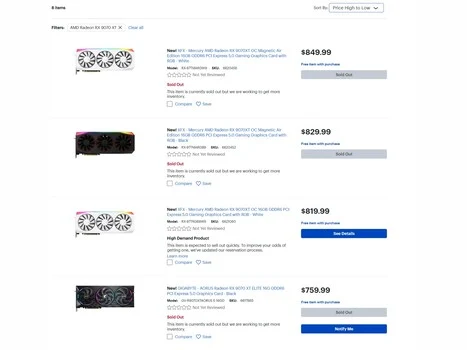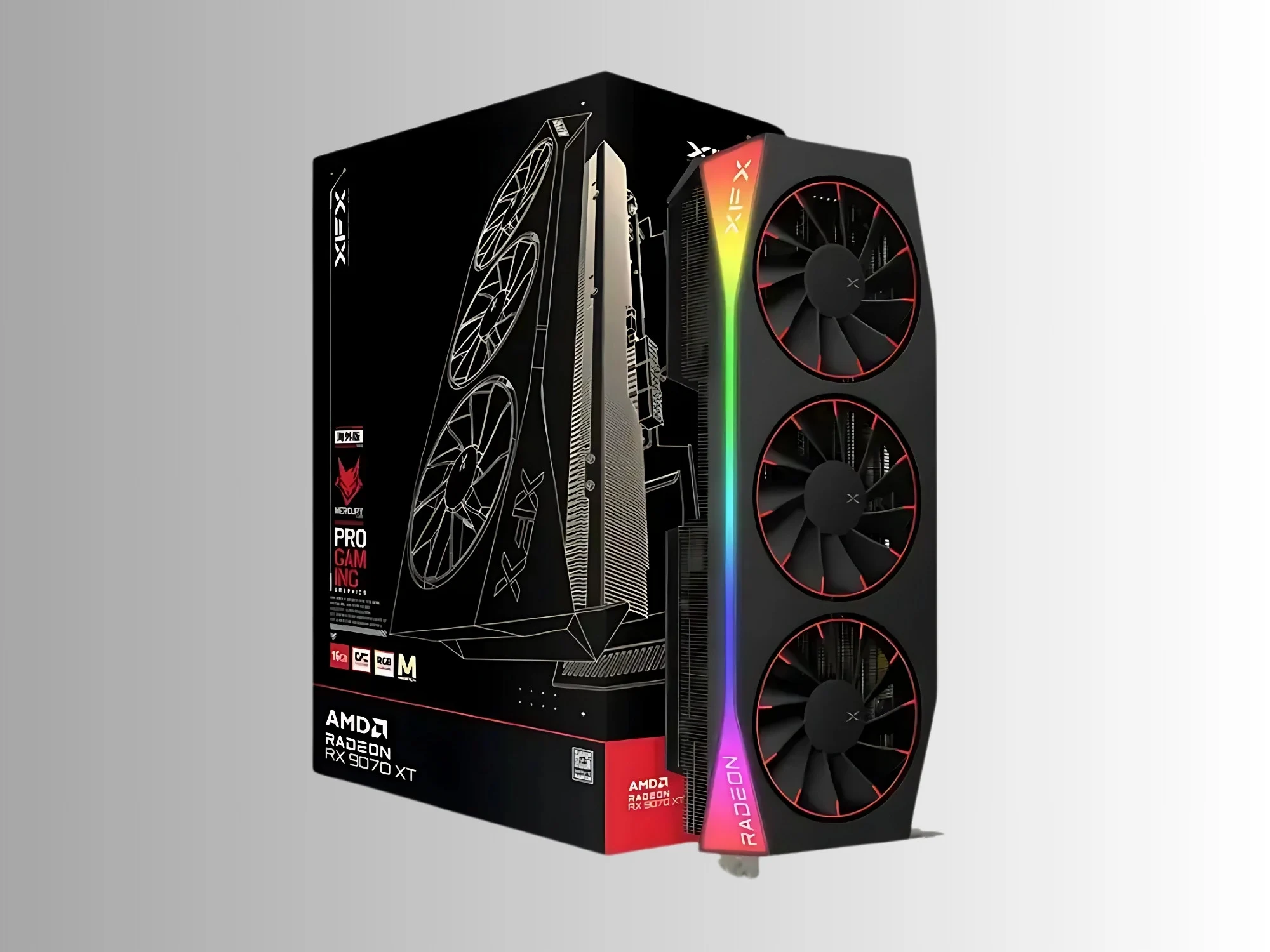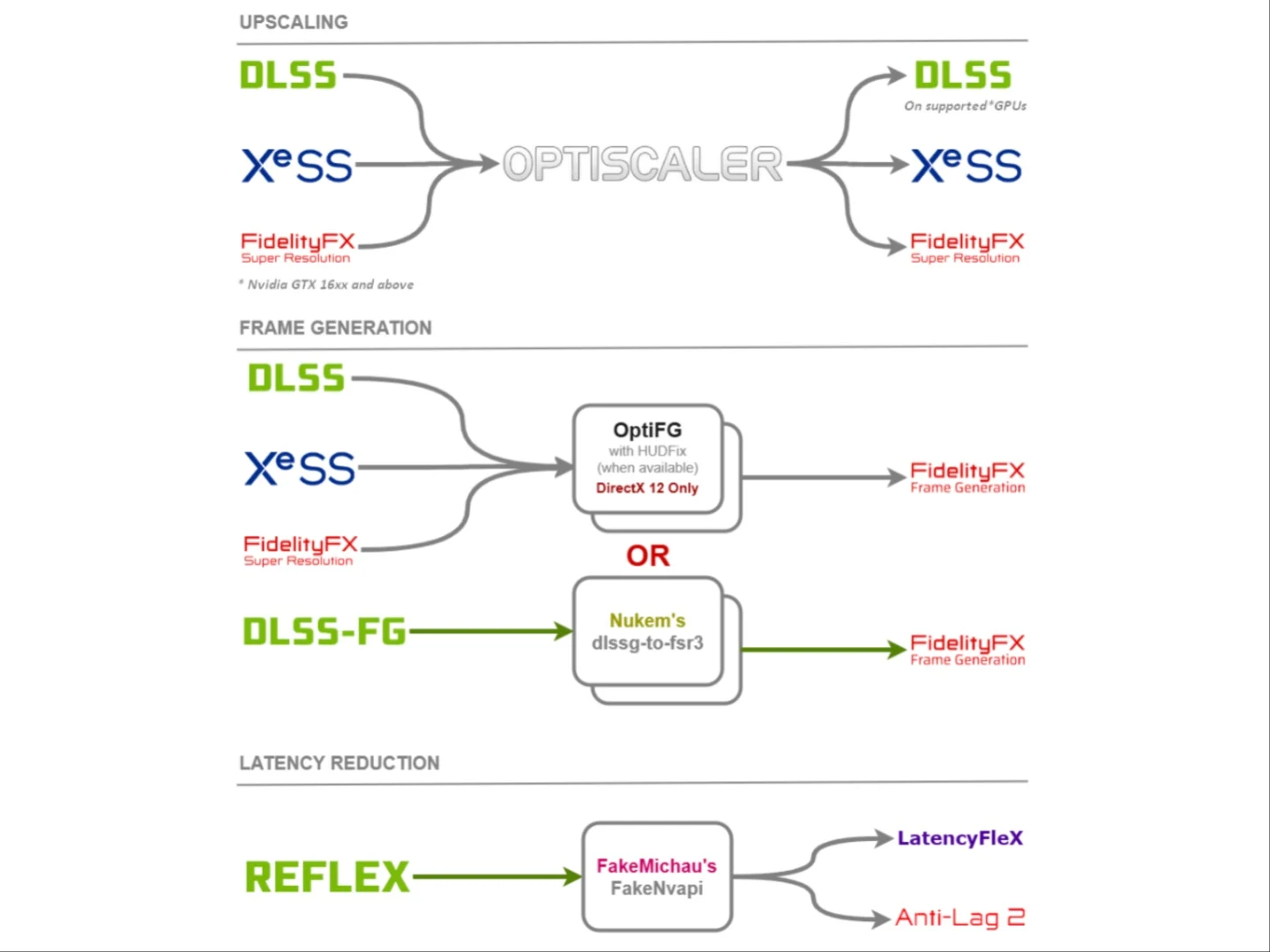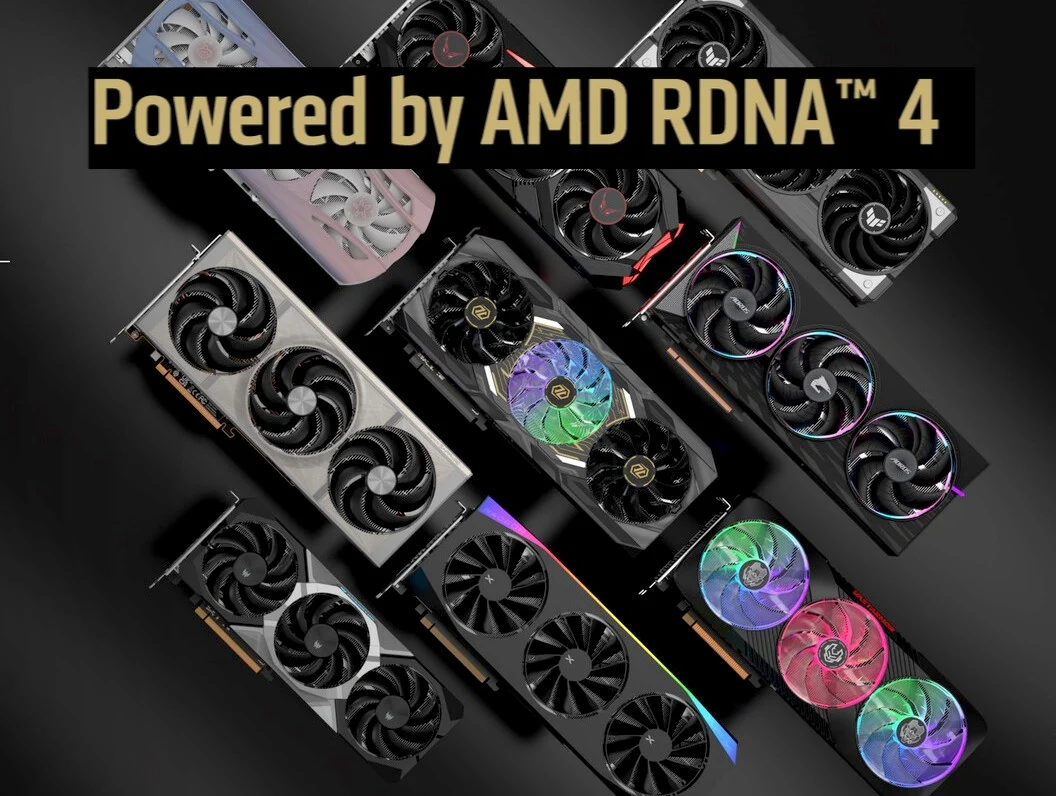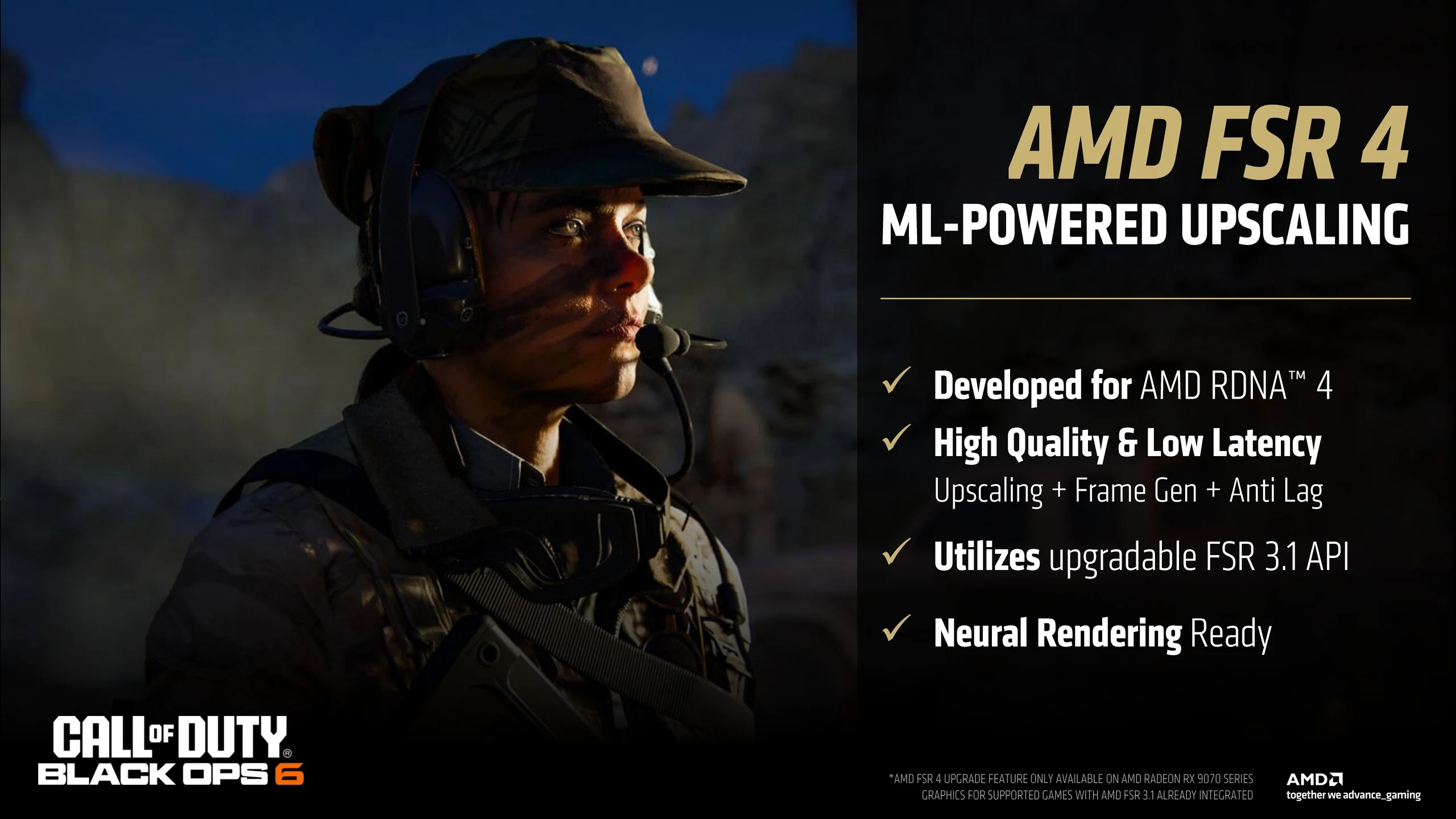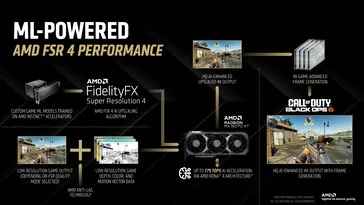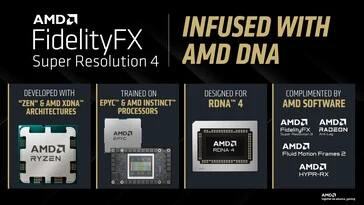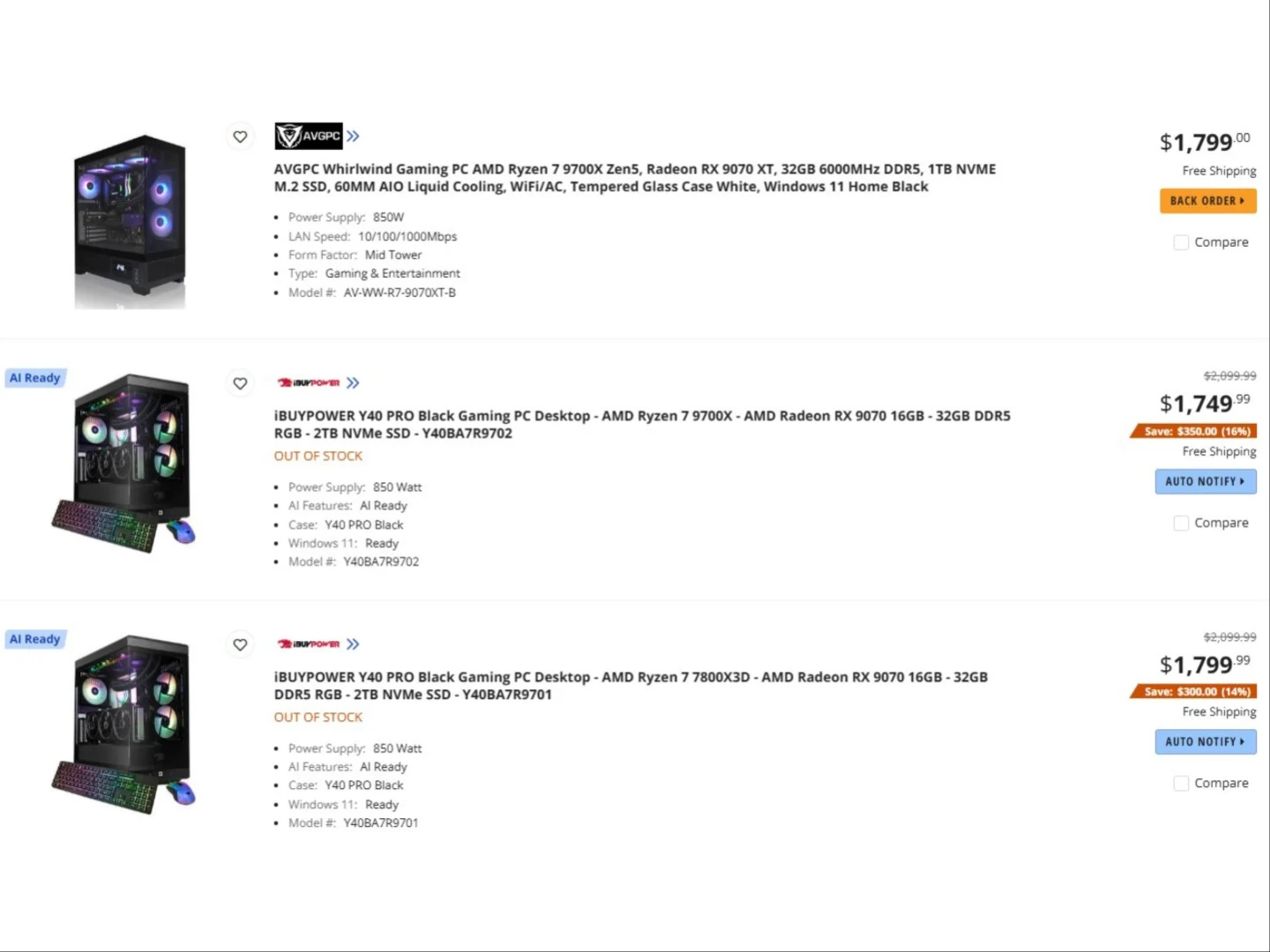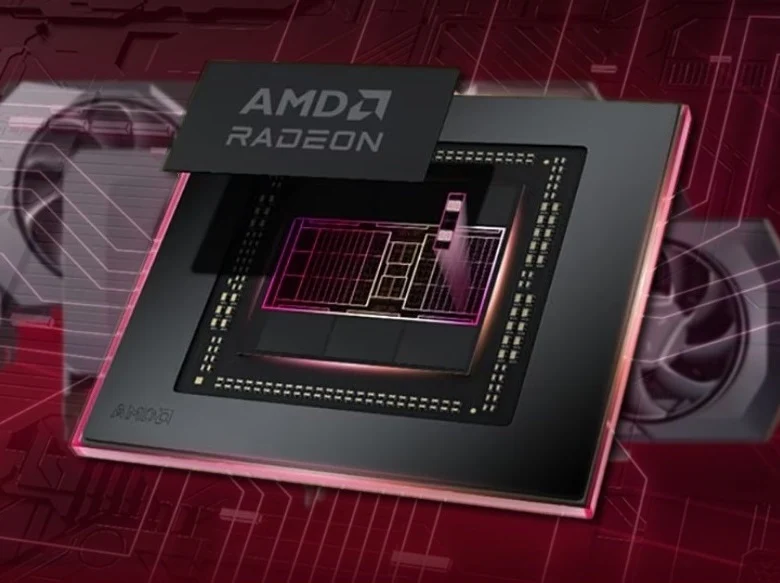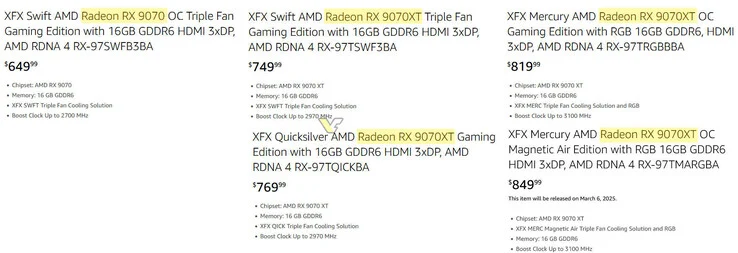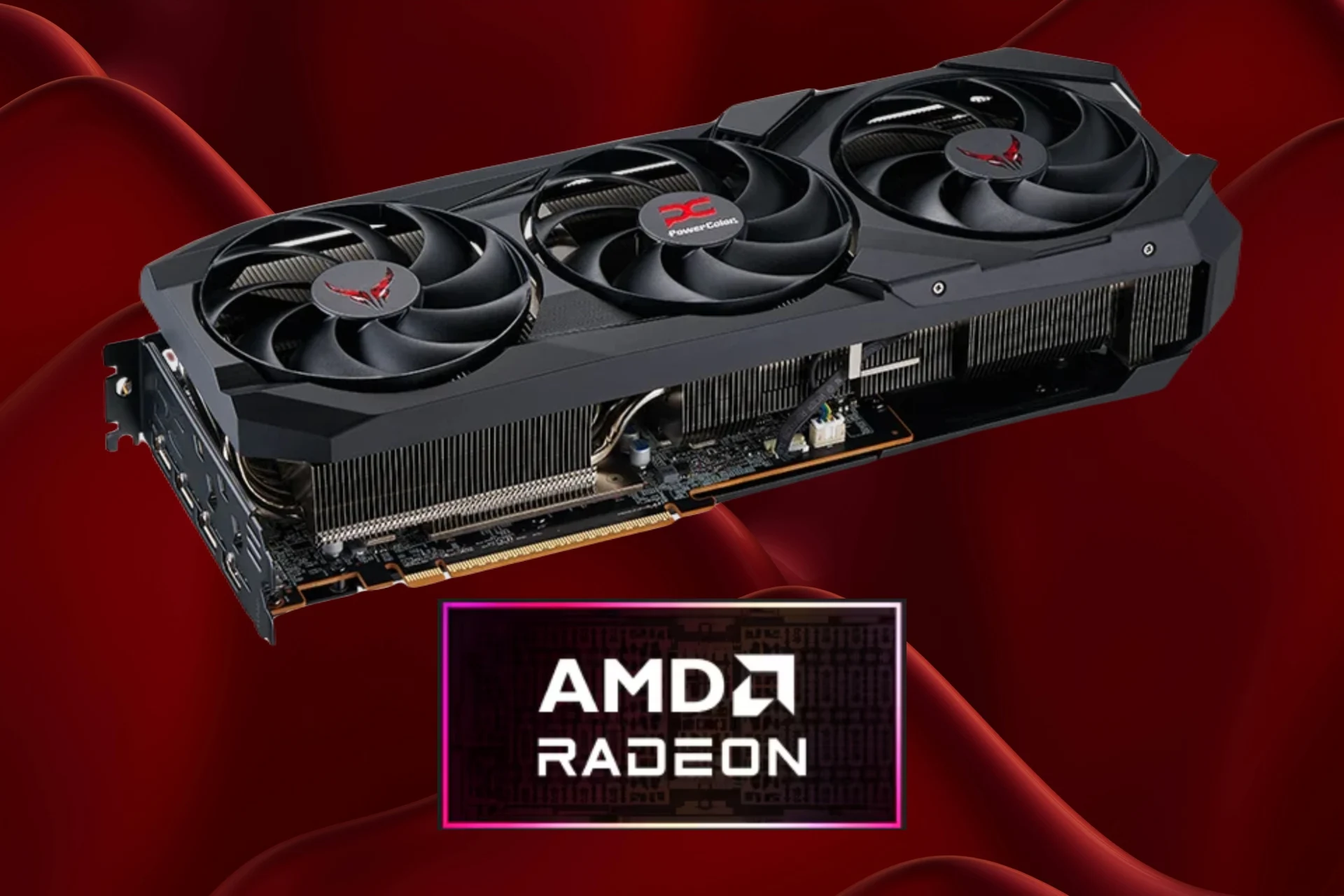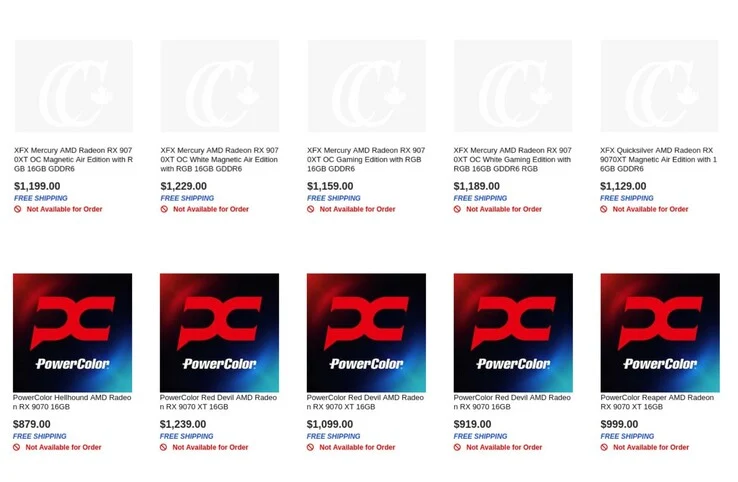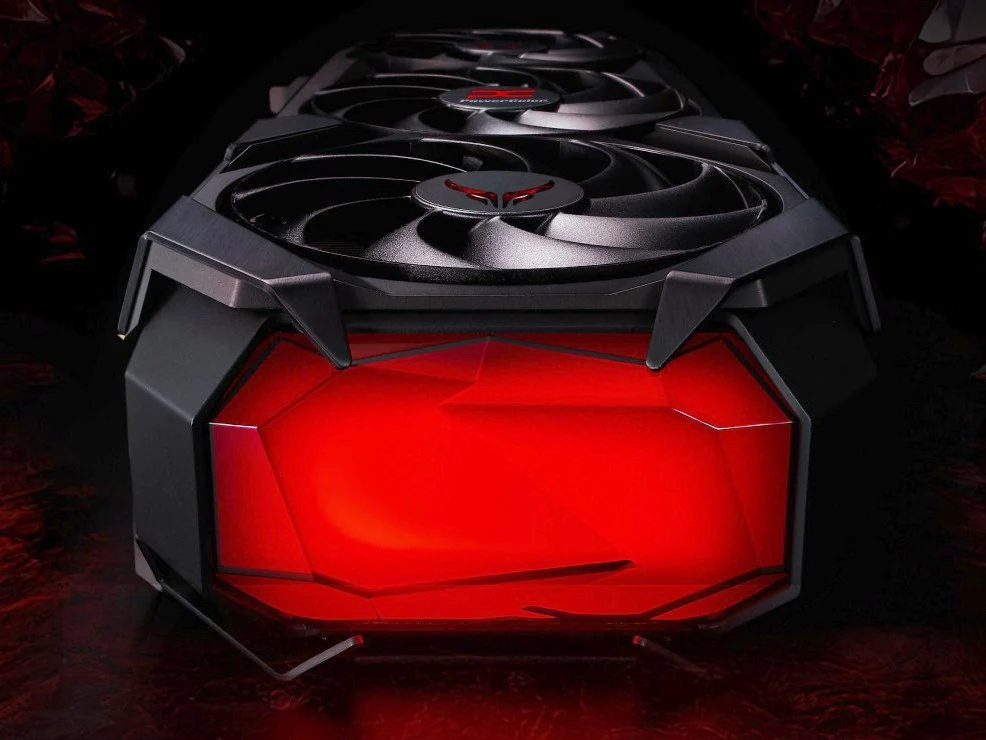Key Takeaways
1. AMD’s initial pricing for the Radeon RX 9070 was lower than expected, leading to elevated retail prices due to stock hoarding by retailers.
2. AMD introduced a rebate program for RX 9070 GPUs, focusing on those at base clock speeds, but not uniformly applied across all retailers.
3. There is a significant price disparity between premium RDNA 4 GPUs and lower-end models due to lack of price reductions from AMD.
4. Supply issues have contributed to high prices, with AMD claiming that more shipments will eventually lead to better pricing at MSRP.
5. Consumers may face inflated prices due to limited alternatives in the GPU market, as Nvidia has been criticized for stopping production of older models too soon.
A recent video from Hardware Unboxed sheds light on the reasons behind the elevated prices of the Radeon RX 9070. One reason is that AMD set prices that were lower than what retailers had anticipated. To help bridge this gap, a rebate program has been introduced, but it specifically targets RX 9070 series GPUs that operate at base clock speeds.
Production Timeline and Pricing Surprises
The manufacturing of RDNA 4 graphics cards kicked off in late 2024, several months prior to AMD’s official introduction of the RX 9070 XT and RX 9070. Retailers began hoarding stock, while AMD had initially suggested a higher price of over $549 and $599. Many gamers found the pricing to be surprising, making the RX 9070 XT appear to be a great deal when compared to the Nvidia RTX 5070 Ti.
Rebate Dynamics and Market Manipulation
In order to maintain profit margins, AMD has rolled out rebates for retailers, but these adjustments are not being applied uniformly across all stores. There’s a hint of greed involved as well. While most rebates focus on MSRP models, both manufacturers and retailers profit more from overclocked versions that come with RGB lighting. Without AMD reducing prices on the more premium RDNA 4 GPUs, a significant price disparity exists between these and the lower-end models.
Supply Challenges and Market Response
Another factor contributing to the unexpectedly high prices for the Radeon RX 9070 is supply issues. David McAfee, AMD’s Corporate Vice President and General Manager, addressed claims of inflated pricing. He asserts that as shipments increase, partners will be able to offer more GPUs at MSRP. Although there was a substantial influx of RDNA 4 cards upon release, inventory has since diminished.
Hardware Unboxed also touched on problems related to RTX 50-series supply and how they impact the broader market. Nvidia has been criticized for ceasing production of previous models too soon. Because of the lack of alternatives, consumers ended up paying inflated prices for graphics cards even before the Blackwell models were released.
While AMD and Nvidia provide assurances, it’s understandable for buyers to feel doubtful. Looking back at previous GPU launches, gamers should be prepared for a lengthy wait for more stock at MSRP prices.
Source:
Link
